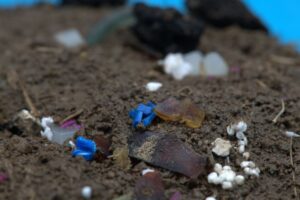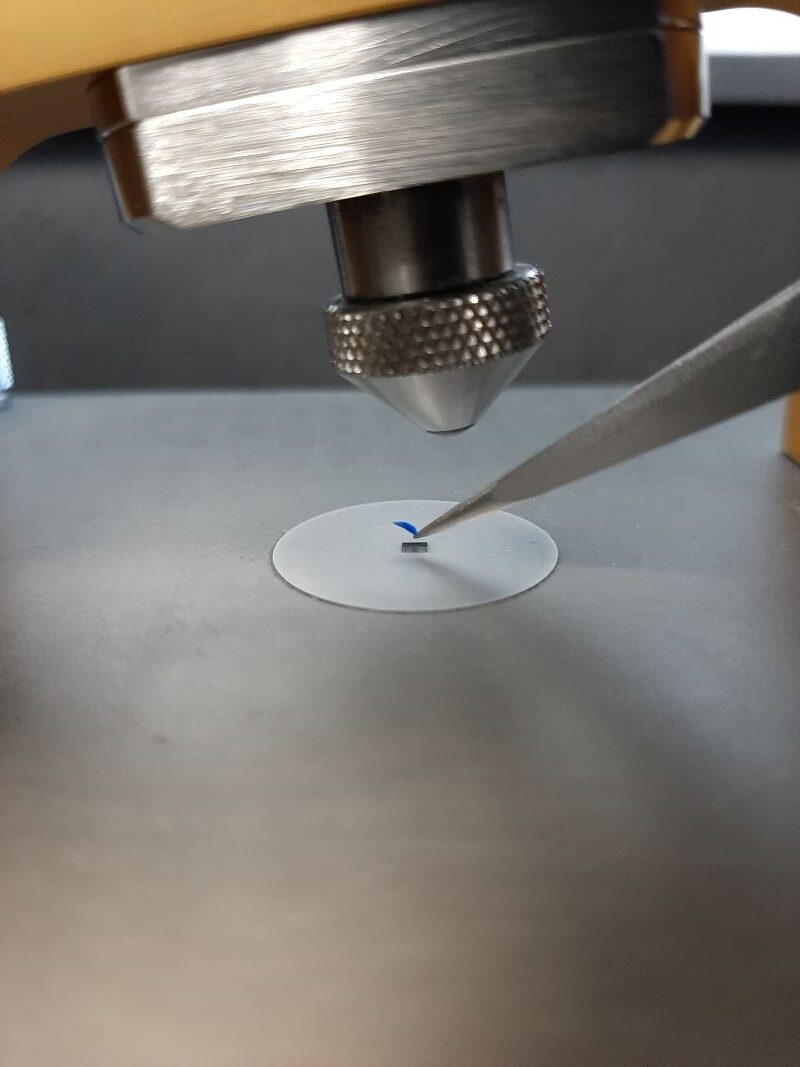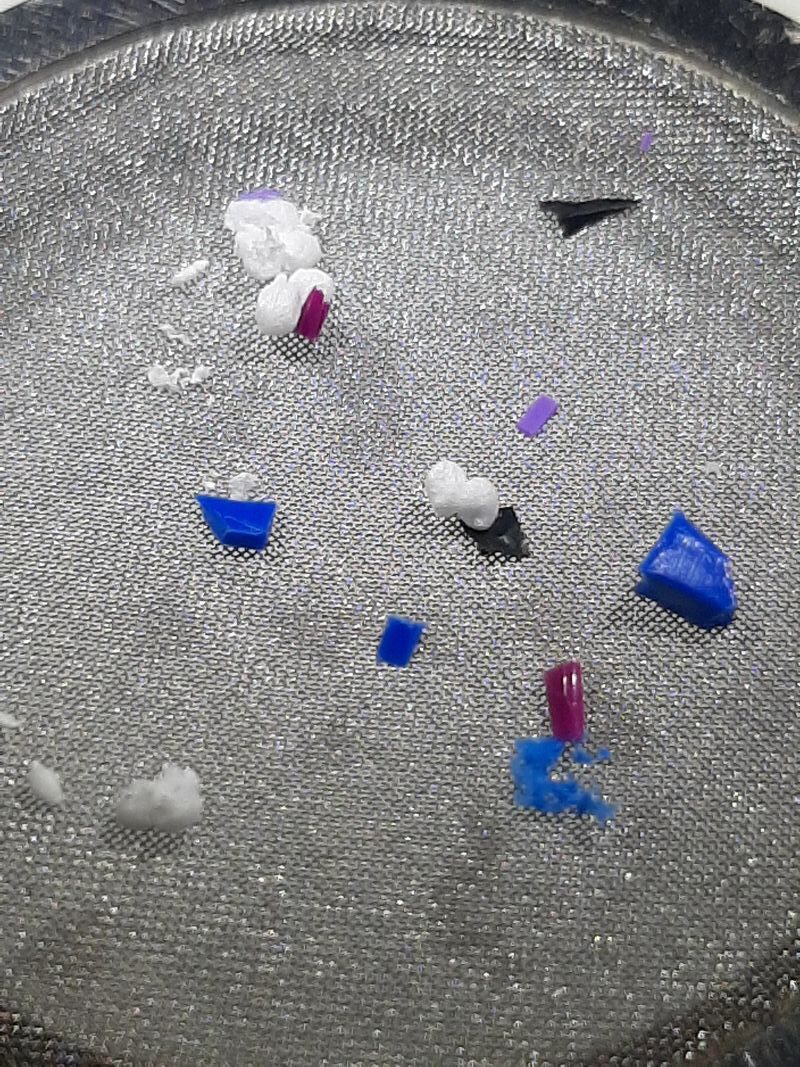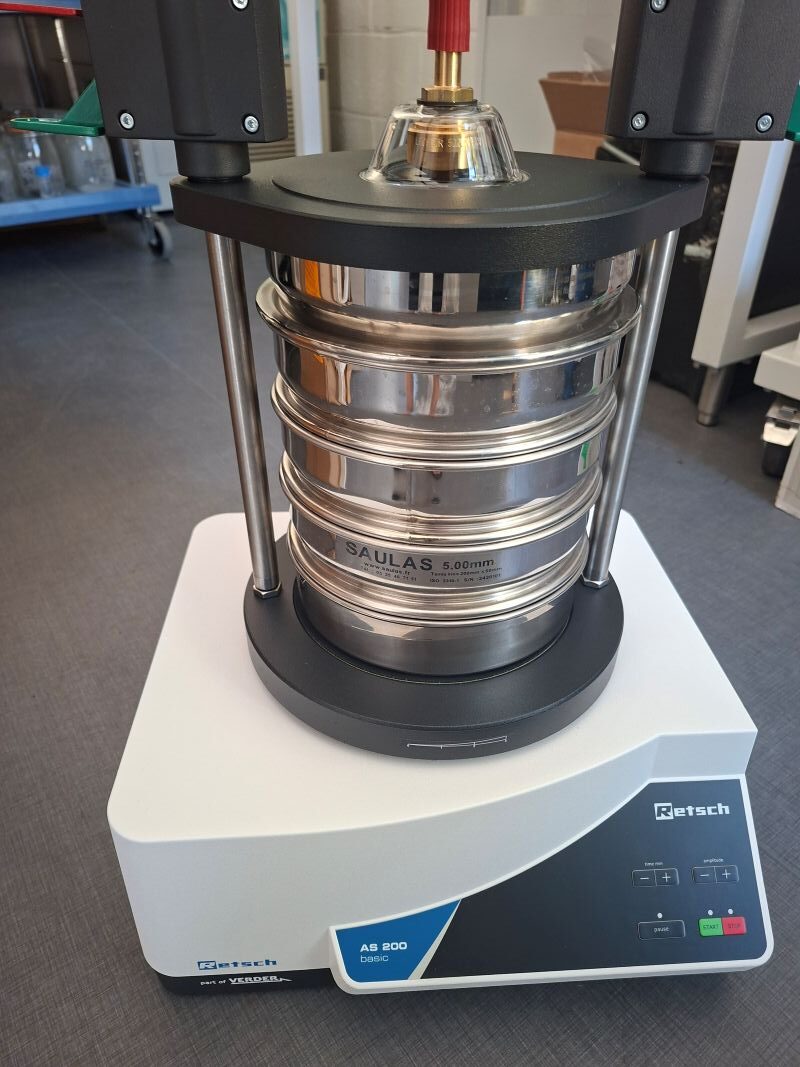choose this expertise?
Do you want to understand the fate of your plastics in the environment? Quantify microplastic pollution in soils or water?
In response to increasing health, regulatory, and environmental concerns related to plastic pollution, UBSIDE provides comprehensive expertise to detect, quantify, and characterize microplastics in all types of samples.
Through our partnership with Université Bretagne Sud (IRDL Laboratory), we support product compliance, site monitoring, and the development of more sustainable materials.
Our customized services
Regulatory and scientific intelligence
Test Specification Development
Qualitative and quantitative analyses
Post-analysis interpretation and guidance
Environnemental quality monitoring (water, soil, sediments, etc.)
Custom methodological developments
Our added value
- Access to a state-of-the-art analytical platform in line with the latest academic advances
- Expertise in analyzing complex matrices, including in the presence of asbestos
- A continuously updated database of environmental microplastic spectra
- Protocols tailored to your needs: from rapid assessment to comprehensive characterization
Microplastics Research, Analysis and Characterization
Microplastics (plastic particles 5 mm to 1 µm – ISO 24187:2023) are ubiquitous in the environment. They can be: primary: intentionally manufacturedat this size, secondary: formed through the fragmentation of plastic objects Found in all types of environments and living organisms, microplastics are now recognized as persistent pollutants of growing concern.


Regulations and Standards
- REACH (ECHA): progressive restrictions on intentionally added microplastics (cosmetics, paints, etc.)
- AGEC Law (France): regulation of single-use plastics
- Reference Standards:
- ISO 24187 (2023) – Principles for microplastic analysis in the environment
- XP T90-968-1 (2023) – Analysis of microplastics in human drinking and groundwater
Technical equipment

FTIR
Chemical identification of plastic particles

Optical microscopy & selective filtration

Controlled Work Environment – Comparable to cleanroom conditions

Sieve Shaker
Option for wet sieving

Pyrolysis GC/MS
Performed at partner laboratories or affiliated facilities

Micro-FTIR (µ-FTIR)
Access via partner laboratories or affiliated structures

